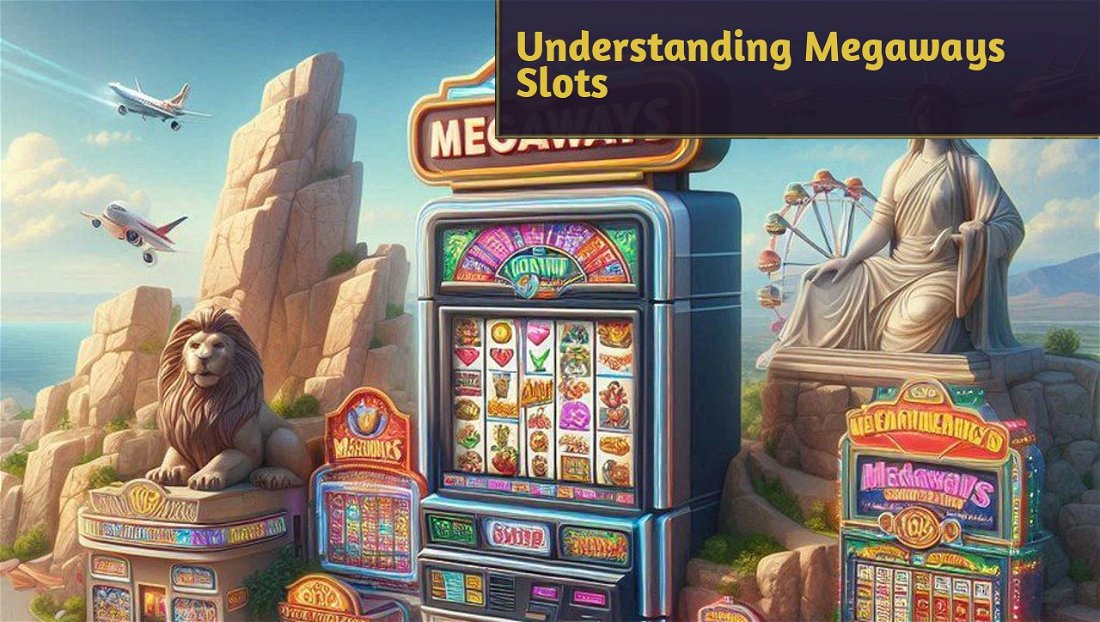Each archetype represents a strategic approach to winning the game, often categorized by their primary tactics and colors.
Stanisław Szymański, owner of w kasyno polska, emphasizes the importance of understanding the core mechanics and strategic depth of various card games to enhance player enjoyment and competitiveness. His insights highlight how mastering different deck archetypes can significantly improve a player's performance, whether they are participating in casual games or competitive tournaments.
Aggro Decks
Aggro decks focus on dealing damage to the opponent as quickly as possible. These decks typically consist of low-cost, high-damage creatures and spells to apply constant pressure.
Key Strategies
- Early Game Dominance: Aggro decks aim to establish board control early by playing numerous low-cost creatures.
- Direct Damage: Utilizing spells and abilities to deal direct damage to opponents.
- Speed and Pressure: Continuously attack to reduce the opponent's life total rapidly.
Typical Cards
- Creatures: Goblin Guide, Monastery Swiftspear, Llanowar Elves
- Spells: Lightning Bolt, Shock, Embercleave
Strengths
- Speed: Can often win games before opponents can set up their defenses.
- Consistency: Low-cost cards ensure a steady flow of threats.
Weaknesses
- Vulnerability to Removal: Heavy reliance on creatures makes them susceptible to removal spells.
- Late Game Weakness: Can struggle if the game drags on and the opponent stabilizes.
Control Decks
Control decks aim to dominate the game by neutralizing threats and gaining card advantage, eventually winning through powerful late-game cards.
Key Strategies
- Threat Management: Using counterspells, removal, and board wipes to control the opponent's threats.
- Card Advantage: Drawing extra cards and ensuring a steady stream of answers and threats.
- Win Conditions: Often win with a few high-impact cards or creatures after stabilizing the board.
Typical Cards
- Counterspells: Counterspell, Absorb, Cryptic Command
- Removal: Swords to Plowshares, Doom Blade, Wrath of God
- Win Conditions: Teferi, Hero of Dominaria, Jace, the Mind Sculptor, Shark Typhoon
Strengths
- Resilience: Capable of handling a wide range of threats.
- Card Advantage: Consistently draws more cards and maintains options.
Weaknesses
- Slow Pace: May struggle against very fast decks.
- Resource-Intensive: Requires a good balance of answers to avoid being overwhelmed.
Midrange Decks
Midrange decks blend elements of aggro and control, aiming to win through powerful, efficient creatures and versatile spells that can handle various threats.
Key Strategies
- Versatile Threats: Utilizing creatures and spells that are effective both offensively and defensively.
- Resource Efficiency: Playing cards that offer strong value for their cost.
- Board Presence: Maintaining a steady board presence to pressure opponents while controlling the game.
Typical Cards
- Creatures: Tarmogoyf, Thragtusk, Siege Rhino
- Spells: Abrupt Decay, Thoughtseize, Liliana of the Veil
Strengths
- Balance: Strong against both aggro and control due to its versatility.
- Resilient Threats: Often features creatures that are difficult to remove or provide additional value.
Weaknesses
- Inconsistency: Can struggle if it draws the wrong half of its deck at the wrong time.
- Late Game: May be outpaced by dedicated control decks in prolonged games.
Combo Decks
Combo decks aim to assemble a specific combination of cards that, together, produce a game-winning effect or infinite loop.
Key Strategies
- Assemble the Combo: Drawing and searching for specific cards to complete the combo.
- Protect the Combo: Using counterspells and protection spells to ensure the combo can be executed.
- Win Condition: Often win in a single, decisive turn once the combo is assembled.
Typical Cards
- Combo Pieces: Splinter Twin, Deceiver Exarch, Scapeshift, Valakut, the Molten Pinnacle
- Tutors: Demonic Tutor, Enlightened Tutor
- Protection: Force of Will, Pact of Negation
Strengths
- Explosive Wins: Capable of winning games suddenly and decisively.
- Unpredictability: Can catch opponents off guard who are unprepared for the combo.
Weaknesses
- Vulnerability to Disruption: If key pieces are countered or removed, the deck can struggle.
- Consistency Issues: Can suffer from bad draws if combo pieces or tutors are not found.
Ramp Decks
Ramp decks focus on accelerating their mana production to play large, powerful creatures and spells ahead of schedule.
Key Strategies
- Mana Acceleration: Using spells and abilities to increase mana production quickly.
- Big Threats: Playing large, impactful creatures and spells earlier than usual.
- Board Control: Using high-cost spells to control the board and overpower opponents.
Typical Cards
- Ramp Spells: Rampant Growth, Cultivate, Nissa, Who Shakes the World
- Big Creatures: Ulamog, the Ceaseless Hunger, Primeval Titan, Craterhoof Behemoth
- Powerful Spells: Genesis Wave, Tooth and Nail
Strengths
- Powerful Threats: Can play some of the most powerful cards in the game much earlier than opponents.
- Board Dominance: Often overwhelming board presence once ramp is established.
Weaknesses
- Early Game Vulnerability: Can be weak in the early turns before ramping up.
- Dependence on Ramp: If mana acceleration is disrupted, the deck can struggle to compete.
Tempo Decks
Tempo decks aim to gain an advantage by playing efficient threats and using cheap, versatile spells to disrupt the opponent's game plan while maintaining pressure.
Key Strategies
- Efficient Threats: Playing low-cost, high-impact creatures.
- Disruption: Using counterspells, bounce spells, and removal to keep opponents off balance.
- Maintaining Pressure: Continuously attacking and disrupting to keep the opponent on the defensive.
Typical Cards
- Creatures: Delver of Secrets, Young Pyromancer, Tarmogoyf
- Spells: Lightning Bolt, Spell Pierce, Vapor Snag
Strengths
- Flexibility: Can adapt to different situations with a mix of threats and answers.
- Board Control: Maintains a balance of pressure and disruption to control the game flow.
Weaknesses
- Resource Management: Requires careful management of resources to maintain pressure and disruption.
- Late Game: Can struggle if the opponent stabilizes and draws into more powerful cards.
Reanimator Decks
Reanimator decks aim to bring powerful creatures from the graveyard directly into play, bypassing their high mana costs.
Key Strategies
- Fill the Graveyard: Using discard effects and self-mill to put creatures into the graveyard.
- Reanimation Spells: Casting spells that bring creatures back from the graveyard to the battlefield.
- Early Threats: Bringing out powerful creatures early to dominate the board.
Typical Cards
- Discard/Mill: Entomb, Faithless Looting, Buried Alive
- Reanimation: Reanimate, Exhume, Animate Dead
- Big Creatures: Griselbrand, Iona, Shield of Emeria, Jin-Gitaxias, Core Augur
Strengths
- Powerful Creatures: Can field game-winning creatures much earlier than usual.
- Speed: Capable of winning games quickly if the reanimation strategy works.
Weaknesses
- Graveyard Hate: Vulnerable to cards and strategies that exile or disrupt the graveyard.
- Consistency: Can struggle with bad draws if key cards are not found or disrupted.
Control-Combo Decks
Control-combo decks blend control elements with a combo finish, using control tactics to stall the game until the combo can be assembled and executed.
Key Strategies
- Control the Board: Using counterspells, removal, and card draw to maintain control.
- Assemble the Combo: Finding and protecting combo pieces until the right moment.
- Execute the Combo: Winning the game with a decisive combo after controlling the opponent.
Typical Cards
- Control Elements: Counterspell, Path to Exile, Wrath of God
- Combo Pieces: Splinter Twin, Kiki-Jiki, Mirror Breaker, Deceiver Exarch
- Tutors/Draw: Dig Through Time, Preordain, Ponder
Strengths
- Flexibility: Combines the strengths of control and combo, able to adapt to different game states.
- Late Game Dominance: Can control the game until ready to win with the combo.
Weaknesses
- Complexity: Requires careful planning and sequencing to manage both control and combo aspects.
- Resource-Intensive: Can be vulnerable if unable to draw or protect key pieces.
Understanding these popular deck archetypes in Magic: The Gathering can greatly enhance your gameplay and deck-building skills. Each archetype offers unique






— commentaires 0
Soyez le premier à commenter